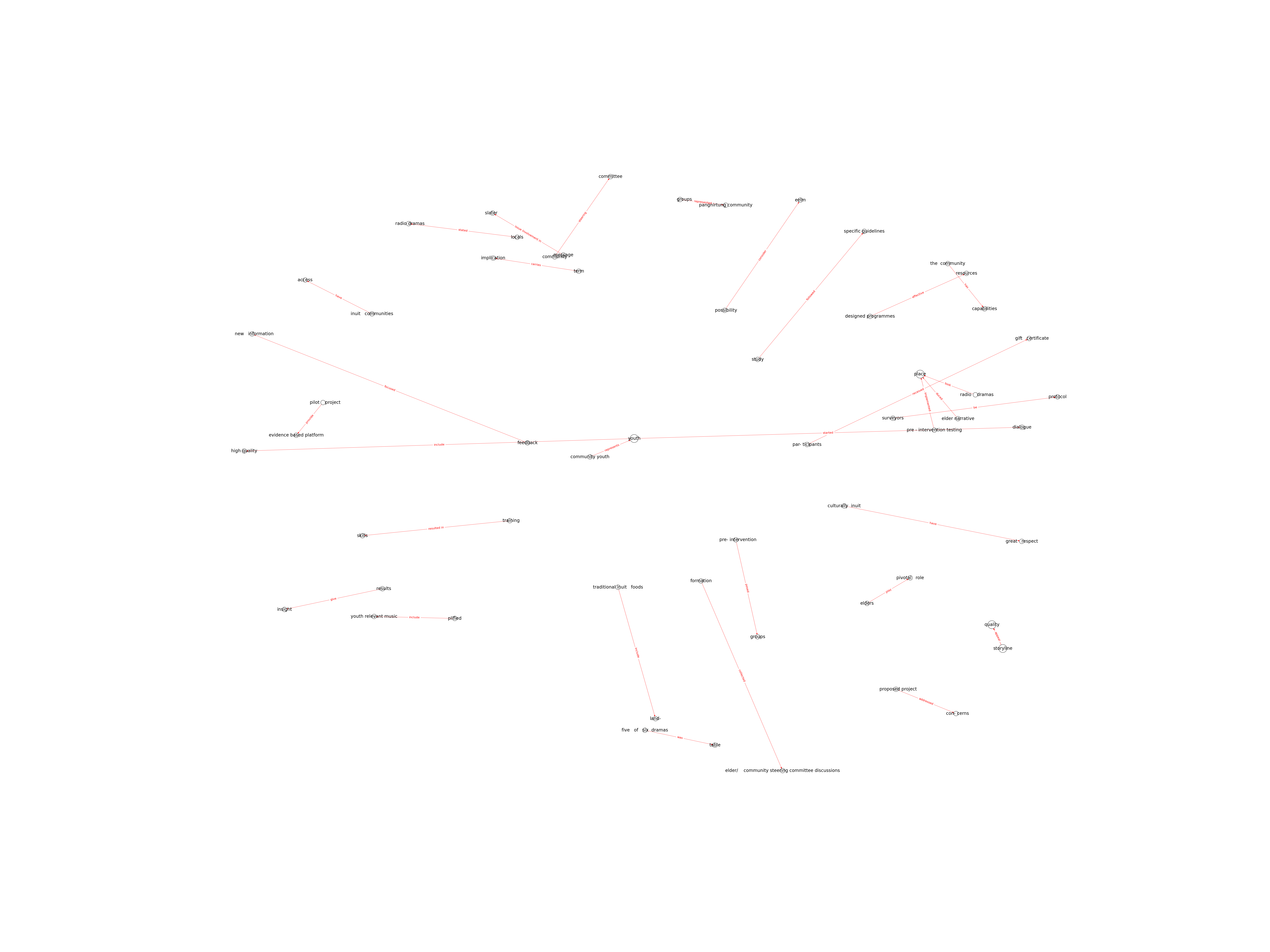| Id | 95 | |
| Author | Racicot-Matta, C.; Wilcke, M.; Egeland, G., M. | |
| Title | Development of radio dramas for health communication pilot intervention in Canadian Inuit communities. | |
| Reference | Racicot-Matta, C., Wilcke, M., & Egeland, G. M. (2016). Development of radio dramas for health communication pilot intervention in Canadian Inuit communities. Health promotion international, 31(1), 175-186. |
|
| Keywords | extended elaboration likelihood model (EELM); nutrition education; health communication; traditional food (TF); child; radio; community; health |
|
| Link to article | https://doi.org/10.1093/heapro/dau024 |
|
| Abstract | A mixed-methods approach was used to develop a culturally appropriate health intervention over radio within the Inuit community of Pangnirtung, Nunavut (NU), Canada. The radio dramas were developed, recorded and tested preintervention through the use of Participatory Process and informed by the extended elaboration likelihood model (EELM) for education–communication. The radio messages were tested in two focus groups (n ¼ 4 and n ¼ 5) to determine fidelity of the radio dramas to the EELM theory. Focus group feedback identified that revisions needed to be made to two characteristics required of educational programmes by the EELM theorem: first, the quality of the production was improved by adding Inuit youth recorded music and second, the homophily (relatability of characters) of radio dramas was improved by re-recording the dramas with voices of local youth who had been trained in media communication studies. These adjustments would not have been implemented had pre-intervention testing of the radio dramas not taken place and could have reduced effectiveness of the overall intervention. Therefore, it is highly recommended that media tools for health communication/education be tested with the intended target audience before commencement of programmes. Participatory Process was identified to be a powerful tool in the development and sustainability of culturally appropriate community health programming. |
|
| Metodology | A participatory process was used in all stages of this project, from creation and development to implementation and analysis. The project first began with a member of the Pangnirtung community contacting CINE McGill through the direction of Inuit Tapiriit Kanatami (ITK). The individual was concerned about the health of his community and desired for a health education programme to be designed around the community needs. A community steering committee was formed of seven local Pangnirtung health workers and community members. Additional guidance was given by ITK, a national Inuit health organization based in Ottawa, ON, USA. This study followed specific guidelines for Participatory Process research as defined by CINE McGill University |
Technique | Focus group; Semi-structured interview; EELM |

Note: Due to lack of computing power, results have been previously created and saved in database


